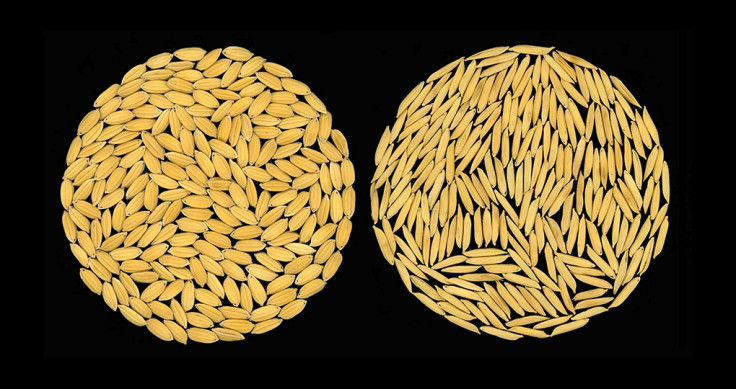Chinese scientists identify gene GL7 that makes rice attractive and tasty

Chinese molecular geneticists have identified a gene that makes rice grains long and thin and gives it a pleasing texture without sacrificing the yield.
"This shape is associated with quality," says Xiangdong Fu, a geneticist at the Chinese Academy of Sciences in Beijing and the senior author of one of the studies.
In Southeast Asia, around 76% of caloric intake in one's diet comes from rice. And quality rice has long and slender grains that are transparent. While, opaque grains give the rice a chalky taste.
Often, the aesthetic aspects of the rice come at the cost of yield. The Indian variety "Basmati" is long and comes with a desirable aroma, but sees a 14% decline in yield and Chinese farmers give more preference to yield.
Meanwhile, two separate papers published in Nature Genetics identify a gene that is associated both with long, slender shape and reduced chalkiness.
The gene, known as both GL7 and GW7, works to produce long grains by promoting longitudinal cell division over transverse cell division.
The more copies of a particular version of the gene that a variety has, the longer is the grain.
A neighbouring gene represses the effect but can be disabled.
Being a dominant gene it is useful for creating hybrid varieties, reports Nature.
The gene is already expressed in two US varieties, as well as in a new Chinese line called TaifengA, thanks to breeders who reached there before the geneticists.
But having identified the gene that confers the shape and quality, researchers now can manipulate it and introduce it into other varieties that come with other desired traits, says Guosheng Xiong at the Chinese Academy of Agricultural Sciences in Shenzhen and an author of one of the papers.
According to Susan McCouch, a rice geneticist at Cornell University in Ithaca, New York, the findings have major implications for a country where many eat rice three meals a day. The yield aspect aside, it will bring "pleasure to some of the world's poorest people".
Crop scientists around the world are working to develop varieties with increased tolerance to drought conditions and water use efficiency.
In India, crop physiologists who calculated that 5000 litres of water is used up in producing 1kg of rice have managed to reduce water consumption by experimental rice crops by 50%.
Using molecular breeding techniques they have crossed the varieties with a high yield mega variety of rice called IR64.
© Copyright IBTimes 2025. All rights reserved.





















